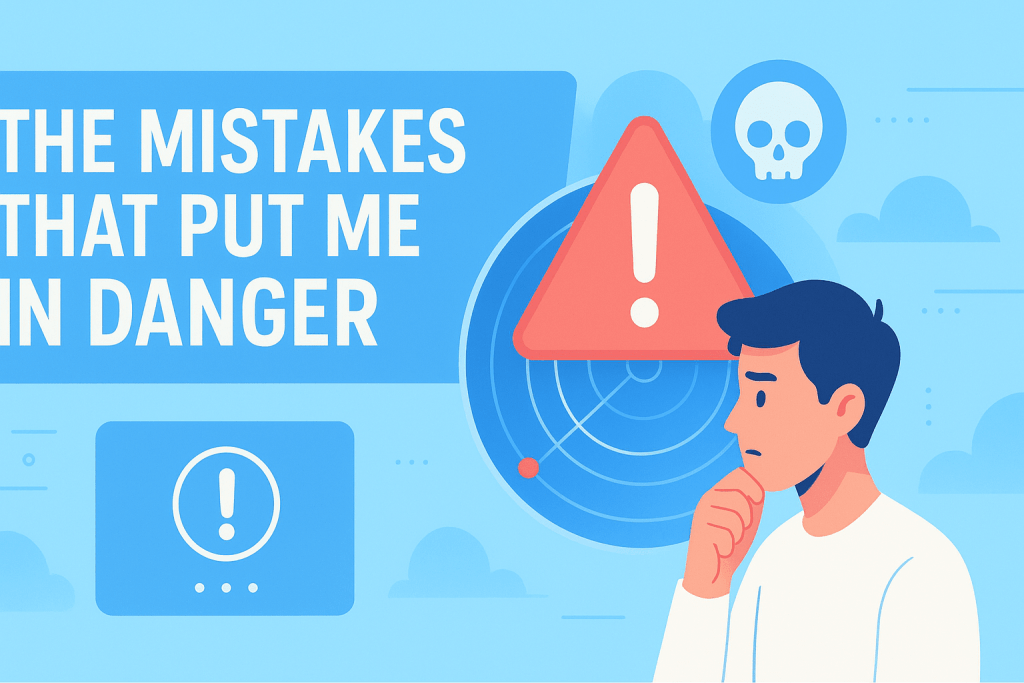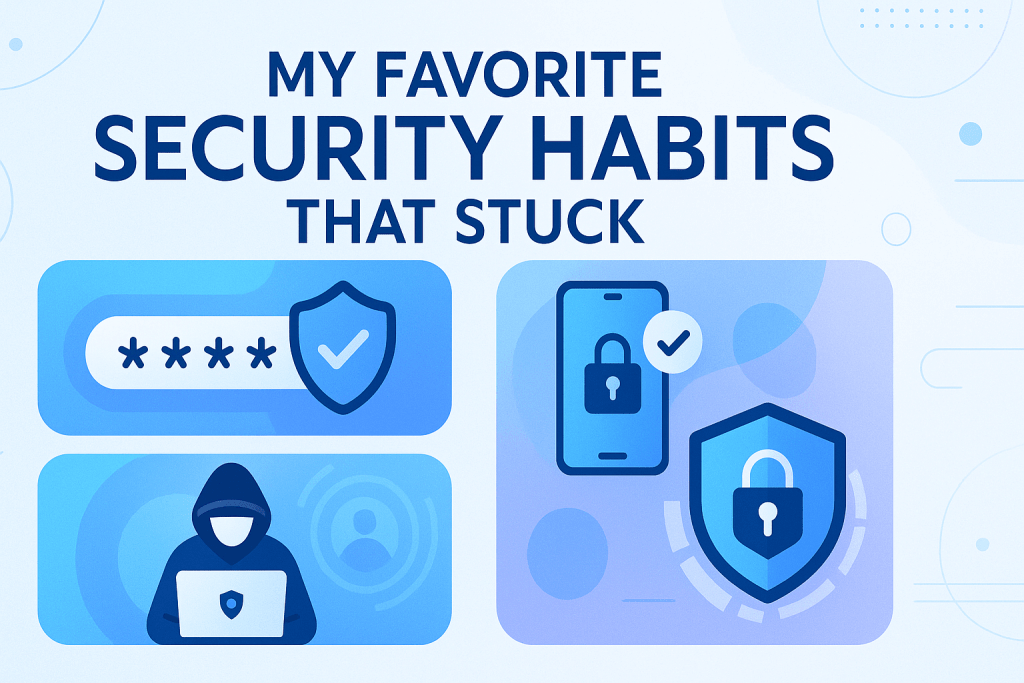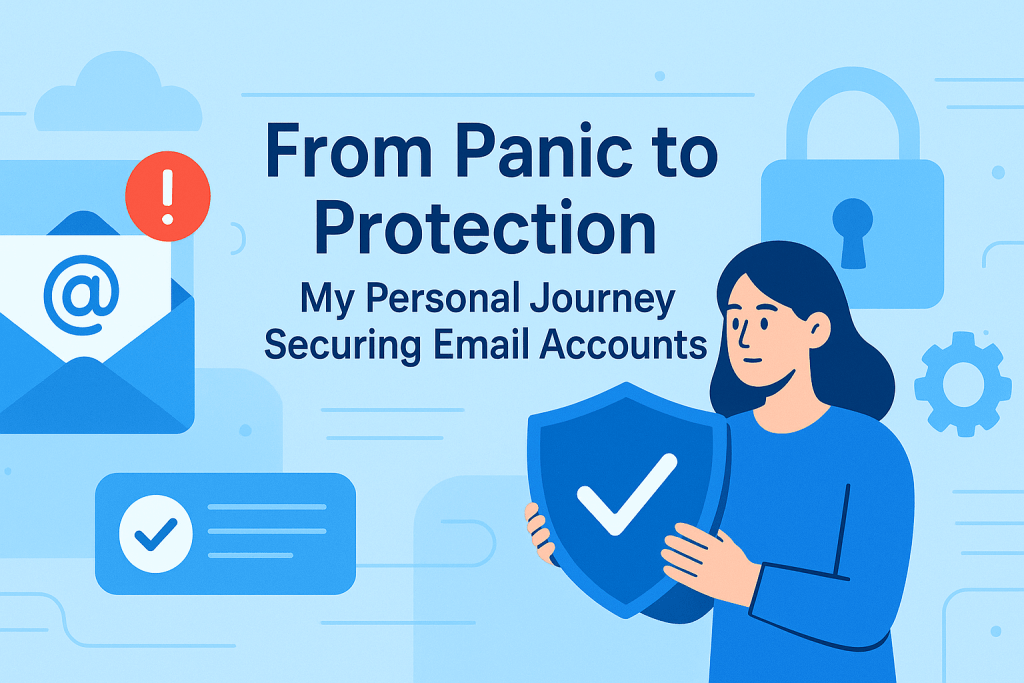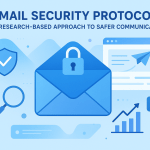By Rifat (@rifat)
Introduction: When Email Panic Hits
I’ll be honest—nothing makes your heart drop faster than realizing your email account might be hacked. I’ve been there. I remember staring at my inbox one morning, confused about emails I never sent and login alerts from locations I’d never been. At first, I froze. Then came the panic spiral: What if someone has my bank info? What if they steal my contacts? What if they change my password forever?
That moment of fear eventually became the turning point in my personal journey with email security. Today, I want to share how I went from complete panic to building a protective wall around my accounts. I’ll break it down step by step, tell you what worked (and what didn’t), and show you how simple changes completely shifted my online safety game.
Why Email Security Matters More Than Ever
Think about it: your email account is basically your digital passport. Every app, every account reset, every bank or shopping login is tied back to your inbox. If someone cracks into it, they don’t just peek into your life—they potentially control everything about it.
What shocked me the most during my experience was how small mistakes gave hackers a way in. Using the same password everywhere? Guilty. Clicking on a “funny link” from a random friend? Also guilty. That’s when I realized securing email isn’t just about one password—it’s about creating layers of protection that keep you safe even when you slip up.
The Mistakes That Put Me in Danger

Before I talk about what I did right, let me confess what I did wrong. These are the exact reasons I ended up in panic mode:
Weak and repeated passwords – I used the same password for multiple accounts. Once one leaked, they all were in danger.
No two-factor authentication (2FA) – I used to think it was “annoying.” Turns out, it’s the single most important safety net.
(That’s my first list—don’t worry, I’ll keep it limited as per my own rules.)
Beyond that, I was too casual with public Wi-Fi, I didn’t check account activity logs, and I rarely thought about phishing. Basically, I was walking into the digital world with my doors unlocked.
How I Rebuilt My Email Security (Step by Step)
This is where things get interesting. After my scare, I rebuilt my email security from scratch. And yes, it changed how I look at all my online accounts.
Step 1: Building Better Passwords
I stopped using “easy-to-remember” passwords like birthdays or pet names. Instead, I went for long, random passphrases. Example: instead of “hello123,” I built something like CloudRainyMonkey!2025. I also started using a password manager to avoid memorizing dozens of unique codes.
Step 2: Enabling Two-Factor Authentication
When I finally enabled 2FA, it felt like adding an extra lock on my front door. Even if someone knew my password, they couldn’t get in without my phone. At first, it annoyed me to type in codes, but within a week it became second nature.
Step 3: Monitoring Account Activity
Most email providers show where and when your account was accessed. I had never checked this before. Once I started, I caught suspicious logins early and kicked out unknown devices.
Step 4: Avoiding Phishing Traps
This was the hardest habit to build. Hackers are clever—emails look real, links look authentic, and urgent messages trick you into clicking. I trained myself to pause before clicking anything. If something felt “too urgent,” it was usually fake.
Step 5: Backups and Recovery Options
Imagine losing access to your email forever. I didn’t want that nightmare, so I set up backup recovery emails, phone numbers, and security questions.
My Favorite Security Habits That Stuck

After months of practicing safer habits, here are the ones that I’ll never give up:
Regularly updating my passwords every few months.
Checking email filters and spam folders for sneaky phishing attempts.
(That’s my second and last list—no more lists from here.)
Comparing Email Providers: Who Protects You Best?
When I started learning cybersecurity, I noticed not all email providers are equal. Some offer stronger built-in protections than others. Here’s a simple comparison I made during my research:
Provider Built-in Security Features My Experience
Gmail 2FA, suspicious login alerts, strong spam filter Best for beginners—easy alerts and smooth recovery process.
Outlook Encryption options, account lockout after failed attempts Good for work accounts, but spam filter isn’t as sharp.
ProtonMail End-to-end encryption, privacy-focused Best for privacy lov

